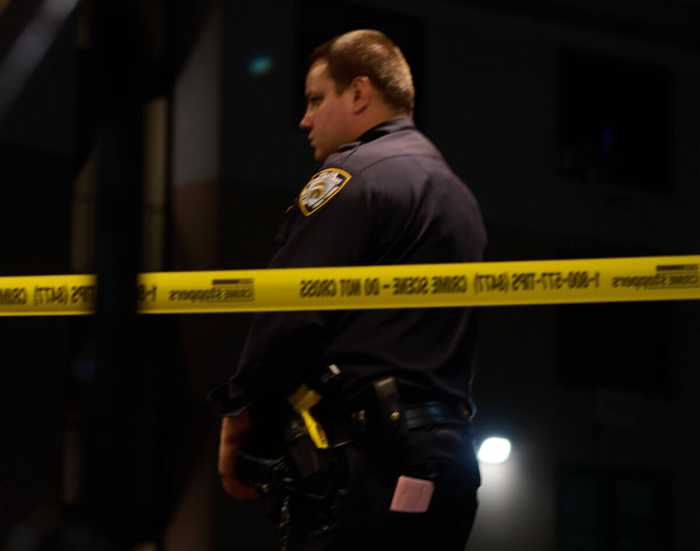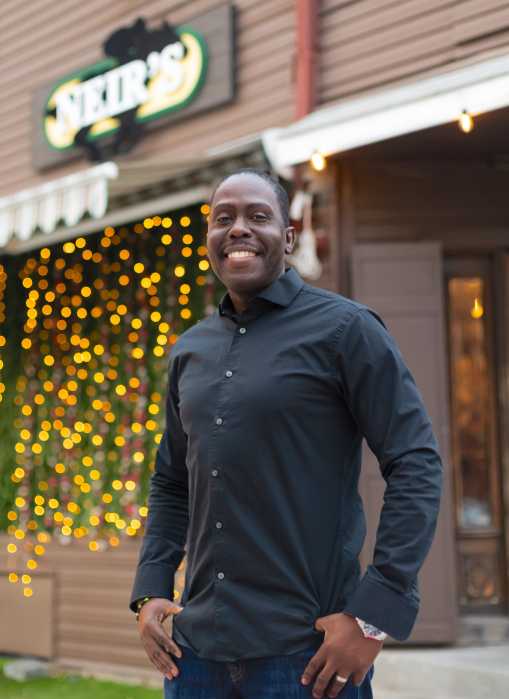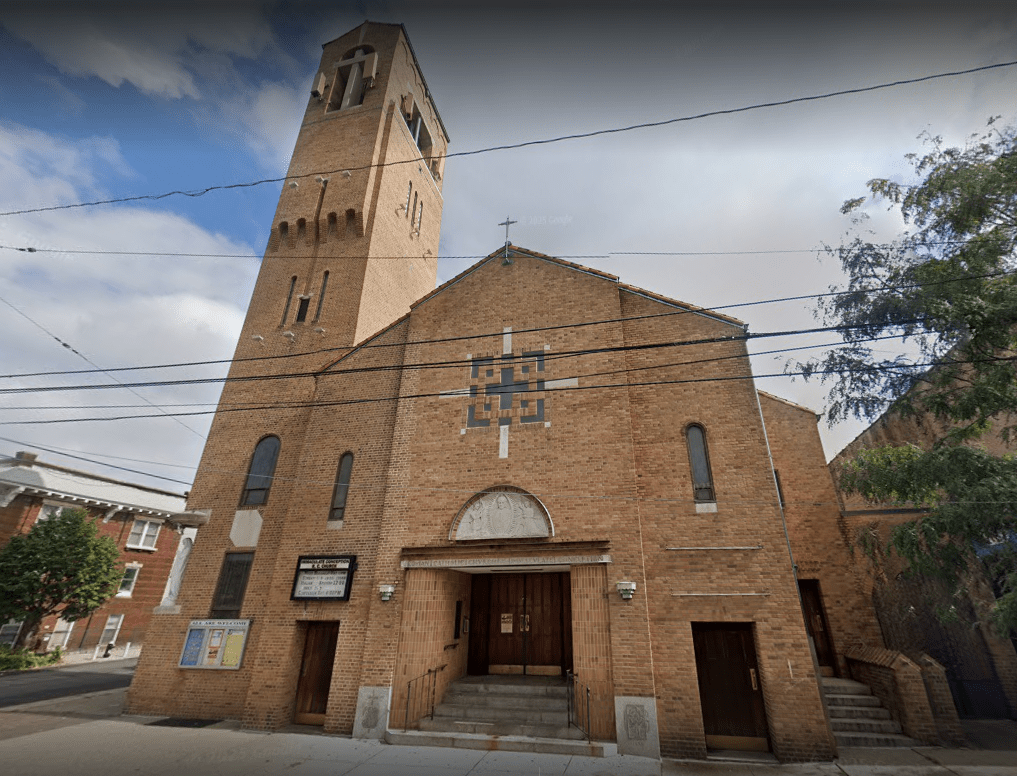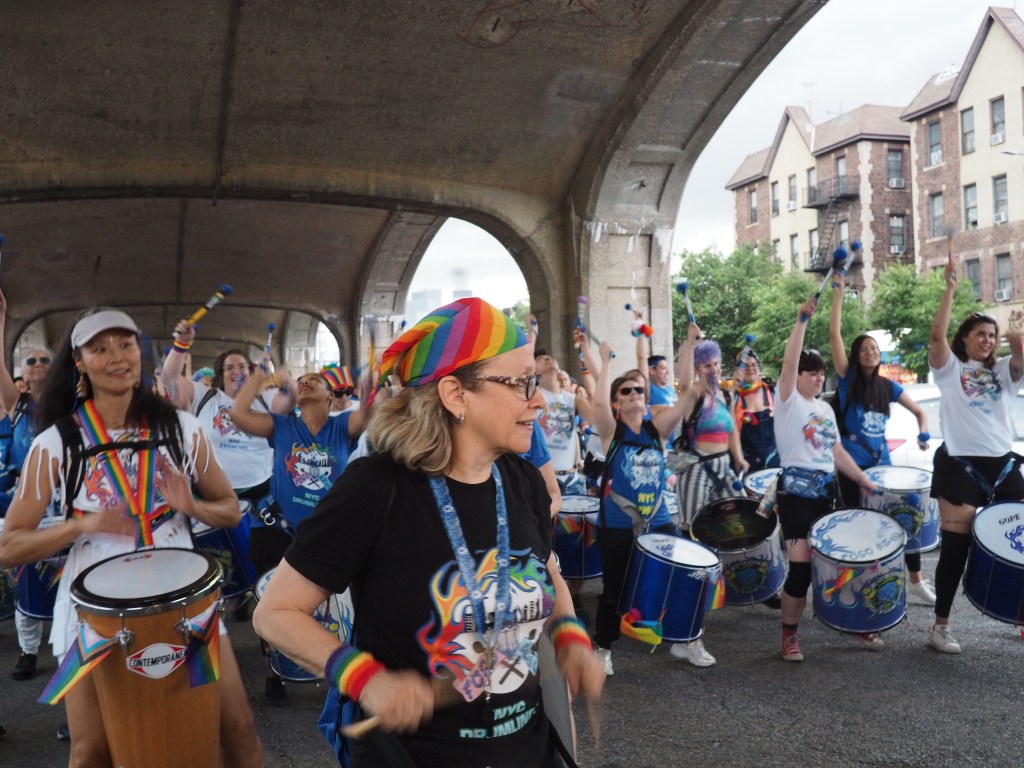By Philip Newman
The Little Rock Nine are drawing Social Security now, more than a half century after they made worldwide news by trying to go to school — in this case, Central High School.
Can it really be that long since a peaceful neighborhood of leafy streets and Victorian houses surrounding Central High erupted in shouts of hatred and the threat of the reality of violence?
This was the era of the crew cut, the hula hoop, the crinoline skirt, black and white TV, 30-cents-a-gallon gasoline and Elvis, who scandalized many with his long hair. It was perhaps the height of the Cold War with the Soviet Union, which gleaned political hay from the Little Rock story.
Thelma Mothershed, Ernest Green, Carlotta Walls, Elizabeth Eckford, Minnijean Brown, Gloria Ray, Jefferson Thomas, Terrance Roberts and Melba Pattillo typified the American teenager. Except they were black.
These teenagers had been carefully chosen by school board officials for their high grades, excellent attendance records and all-around good citizenship.
Their appearance was nearly flawless. Boys with short hair, pressed shirts and trousers and shined shoes and girls clad in conservative skirts and blouses as well as dresses, some homemade.
Long before the date of integration, the NAACP put up placards at bus stops and elsewhere appealing to blacks to refrain from boisterous behavior in public. The posters also included cartoon-like caricatures of blacks wearing loud clothing in a bold illustration of what not to do.
The Little Rock Nine met frequently at the home of Daisy Bates, president of the National Association for the Advancement of Colored People in Arkansas. They were coached never to reply in kind to verbal abuse and on keeping cool in adversity.
Why am I qualified to tell this story?
As a young reporter for United Press International, I saw it unfold from my post on a vacant lot across the street from Central HS, a place to which I reported every day for more than a month along with many local and out-of-town reporters and photographers.
It was long before the cell phone, so the Southern Bell Telephone Co. installed eight glass-sided phone booths on the grass of the vacant lot so the dozens of reporters — not only from American newspapers and TV networks but from European countries — could report the latest from the scene.
So why were they escorted into the high school by U.S. Army paratroopers that hot, autumn morning in 1957?
It all began May 17, 1954, when the U.S. Supreme Court ruled racial segregation of public schools was unconstitutional, a pronouncement that set off a shock wave, particularly in the South, where some elected officials said “never.”
The Little Rock Board of Education had, in compliance with the Supreme Court decision, prepared a plan for desegregation of the schools in Arkansas’ capital.
Then-Arkansas Gov. Orval Faubus had served two terms and planned on seeking a third.
School was scheduled to open with the Little Rock Nine arriving with the other 2,000 students at Central HS the day after Labor Day 1957.
On the night before the scheduled start of school, Faubus went on local television and warned that he had been apprised by his sources that violence was imminent if the black students came to Central HS as scheduled.
The governor said “caravans of armed men” would descend on Little Rock and that sporting goods and other stores, even pawn shops, had sold out of knives and guns.
“Therefore, I have ordered the Arkansas National Guard and the state police to the high school in the interest of law and order,” Faubus said.
When the Little Rock Nine arrived the next morning, they were turned away by the troops, which ringed the school.
Elizabeth Eckford arrived outside the school alone, not knowing the integration attempt that day had been called off, and Mrs. Bates could not tell her because the Eckford home had no telephone. She arrived alone on a city bus and was barred from the school by National Guardsmen.
The 15-year-old girl walked alone past jeering whites and one news photo seen the world over depicted the hate-distorted face of a teenager as Eckford passed the gantlet of vituperation.
Finally, she sat down at a bus stop, head in her lap.
Over the next few weeks a back-and-forth of federal court lawsuits and decisions involving the board of education and even a face-to-face meeting between Faubus and then-President Dwight Eisenhower failed to resolve the standoff. Thurgood Marshall, the NAACP’s chief legal council and later associate justice of the U.S. Supreme Court, showed up frequently at the federal courthouse in Little Rock.
The segregationist Capital Citizens Council conducted an anti-integration campaign with demonstrations and news conferences, calling the idea of desegregation “communist-inspired” and a policy that black Americans actually did not want.
Finally, on the night of Sept. 22, Faubus called off the National Guard and the next morning a crowd of several thousand mostly hostile spectators filled the street in front of the school, with only the Little Rock police left to preserve order. The Little Rock Nine managed to get into school through a side door after black newsmen created a diversion.
As conditions worsened, Chief of Police Marvin Potts asked that the black students be removed for their own safety. Rioters were on the verge of breaking through police barricades.
In the ensuing disorder, rioters beat up several reporters from black newspapers, including those in Chicago, New York and Baltimore, as well as photographers from Time and Life. Some of the visiting reporters were jailed, then released. One photographer, asked what he was charged with, replied; “I think I was charged with striking somebody’s knee with my face.”
The next day the New York Daily News carried the headline “Armed Mobs Roam Little Rock.”
Eisenhower went on television to denounce the riots as “disgraceful” and ordered 1,200 troops of the U.S. Army 101st Airborne Division at Fort Campbell, Ky., to Little Rock.
The troops were flown to Little Rock and truckloads of the paratroopers began rolling into the city at sunset. They set up camp on the Central HS football field.
On the hot morning of Wednesday, Sept. 25, paratroopers in full battle dress with rifles with fixed bayonets and standing at parade rest lined the curb for blocks on streets surrounding Central HS. An army helicopter hovered.


































